Appearing before the Senate Environment and Public Works Subcommittee on Fisheries, Water, and Wildlife, TRCP public lands director Madeleine West encouraged lawmakers to make strategic investments in migration research and conservation
Today, the Theodore Roosevelt Conservation Partnership was honored by the opportunity to participate in a hearing focused on wildlife corridor conservation held by the Senate Environment and Public Works Subcommittee on Fisheries, Water, and Wildlife.
For many years, TRCP has worked with elected officials and state, Tribal, and federal agencies to support partnerships, policies, and funding that advance the research and conservation of big game migration corridors and crucial seasonal habitats. West’s testimony focused on the long-time bipartisan support for this work and the need for dedicated funding to maintain and grow several existing Department of the Interior-led programs created in 2018 through Secretarial Order 3362: Improving Habitat Quality in Western Big-Game Winter Range and Migration Corridors.
“All across the Western U.S., big game herds make seasonal movements year after year from their summer ranges to their winter ranges and back again—passing down migratory knowledge from one generation to the next,” said Madeleine West, director of the center for public lands for the Theodore Roosevelt Conservation Partnership. “By making sure those seasonal habitats are connected by healthy, intact migration routes, we allow a multitude of species a greater ability to adapt and bolster their resilience to habitat changes now and into the future.”
West also highlighted how support for wildlife corridor conservation has persisted across three presidential administrations and continues to earn support from a bipartisan collection of governors in the West. She further articulated how this work was elevated in 2018 with the signing of Department of the Interior Secretarial Order 3362. Secretarial Order 3362 instituted a suite of programs and financial incentives to support local efforts to improve data collection, conduct research, and complete on-the-ground conservation projects. The Biden administration furthered this work and has expanded their efforts to more directly include Tribal governments and the U.S. Department of Agriculture, which now incentivizes big game corridor conservation on private lands.
Despite these successes, West cautioned that the discretionary nature of existing federal programs and funding sources creates uncertainty about the future of wildlife corridor conservation work, and she requested help from Congress.
“The federal programs established through SO 3362 have had an enormous impact in furthering the conservation and enhancement of big game migration corridors, but the discretionary nature of the programs and their funding raises concern for their longevity,” continued West. “With a dedicated and consistent approach, this bipartisan work could have greater predictability and durability and could benefit more wildlife species and additional state and Tribal jurisdictions.”
West specifically requested help from Congress to provide:
• Clear Congressional direction for federal agency programs that support the research, mapping, and conservation of wildlife corridors.
• Dedicated and consistent funding for research, mapping, and conservation programs.
• Increased coordination between federal, state, and Tribal agencies, as well as private landowners and hunting, fishing, and conservation organizations.
Learn more about TRCP’s work to conserve big game migration corridors here.
Watch West’s testimony below.

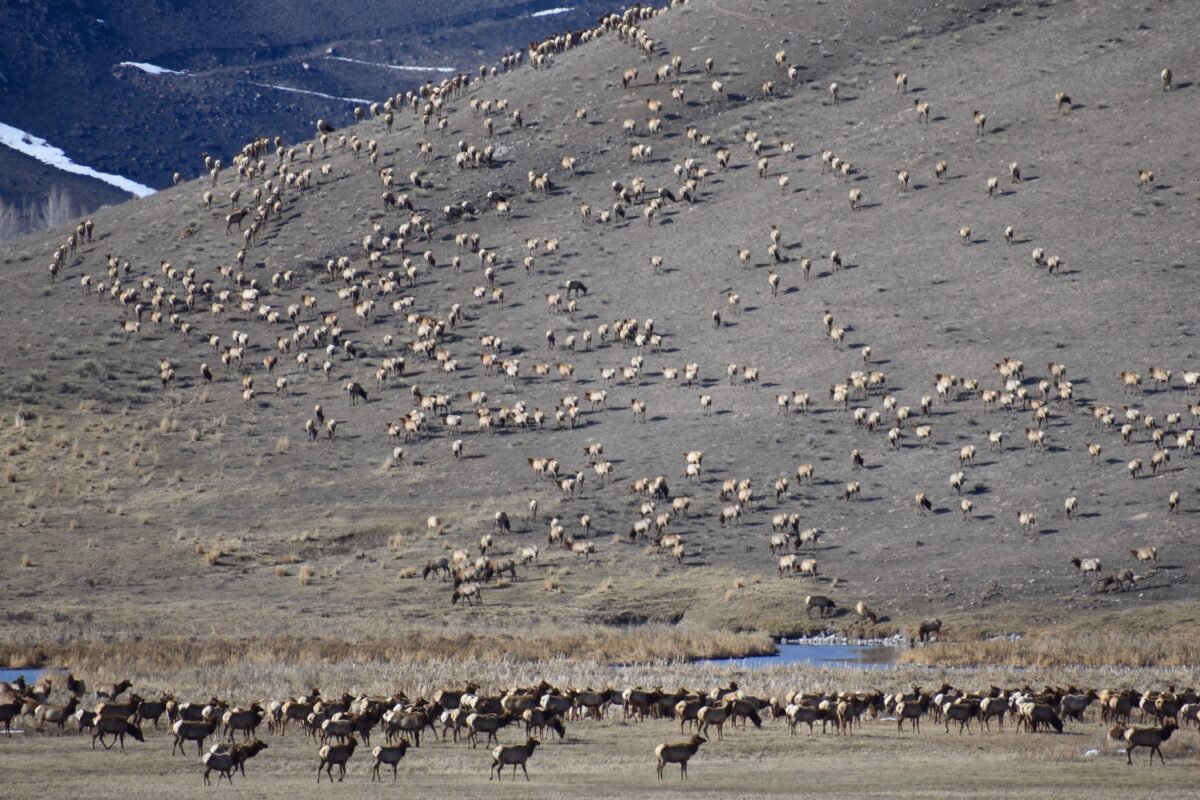
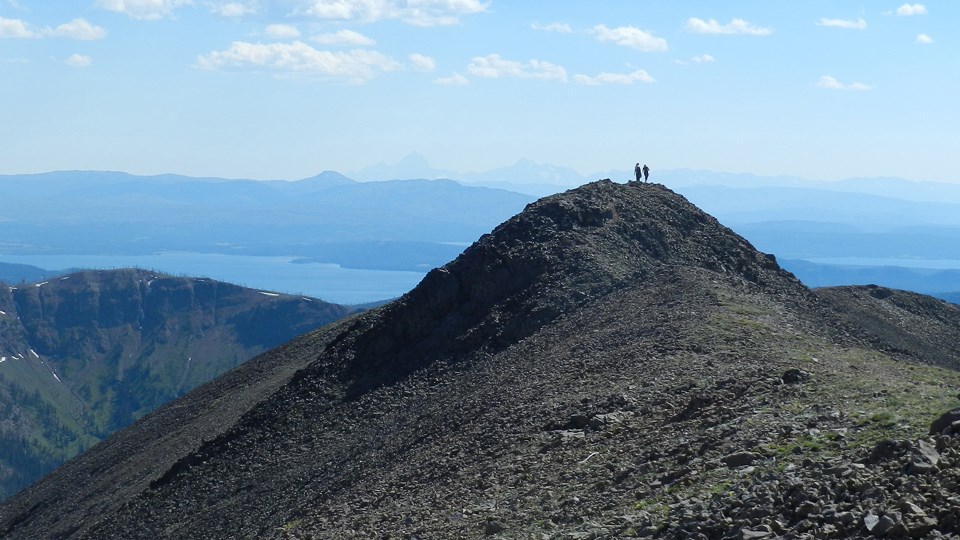
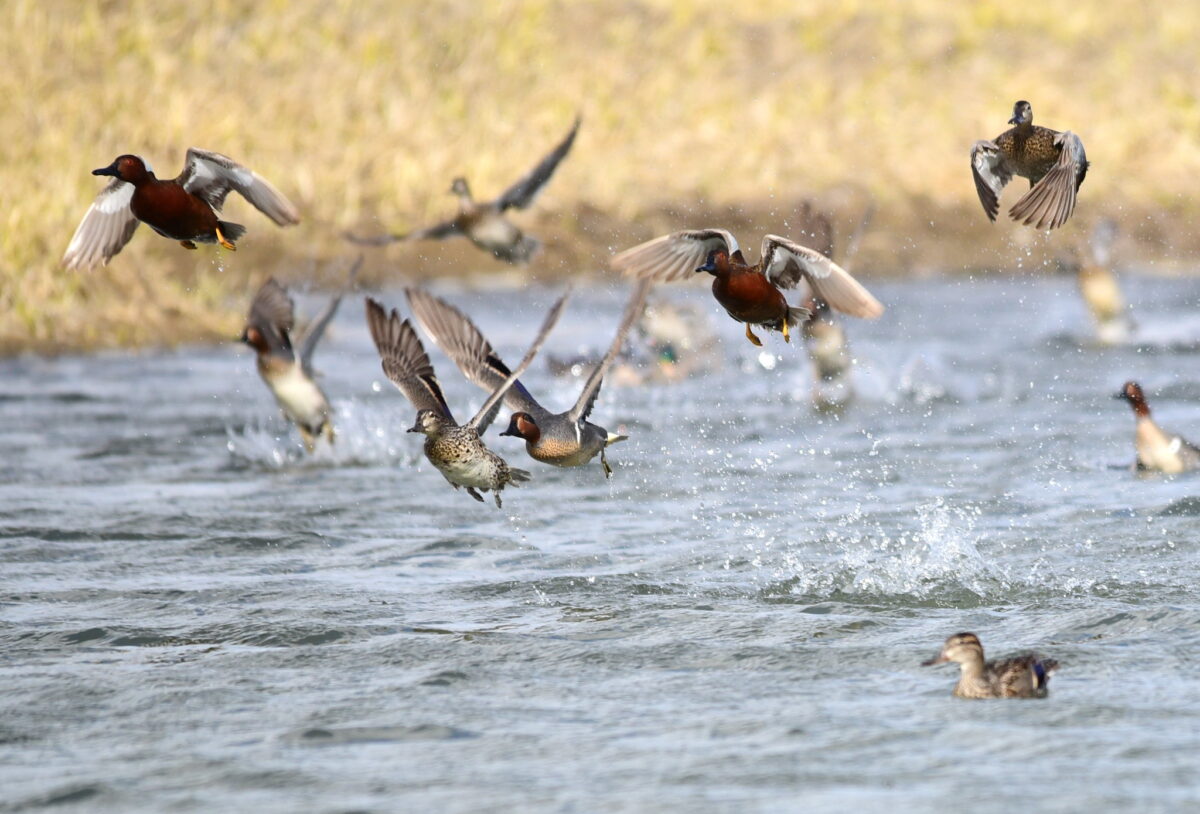
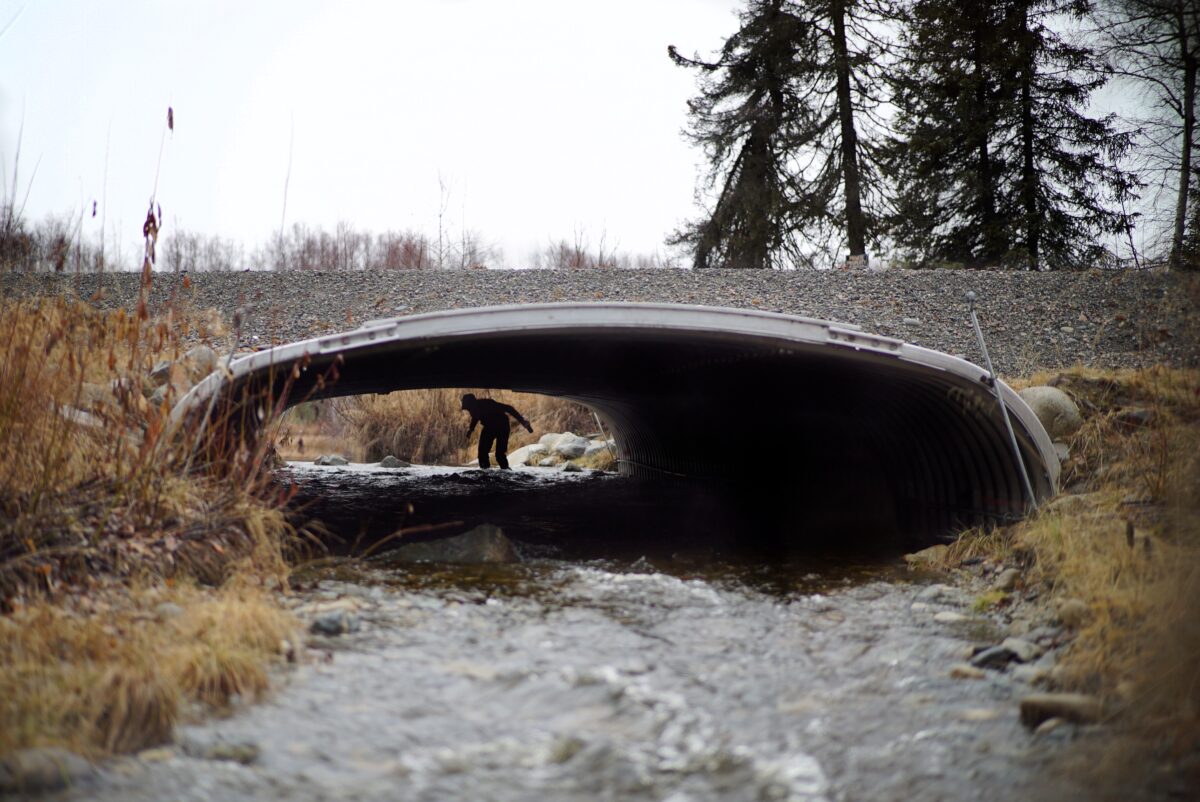
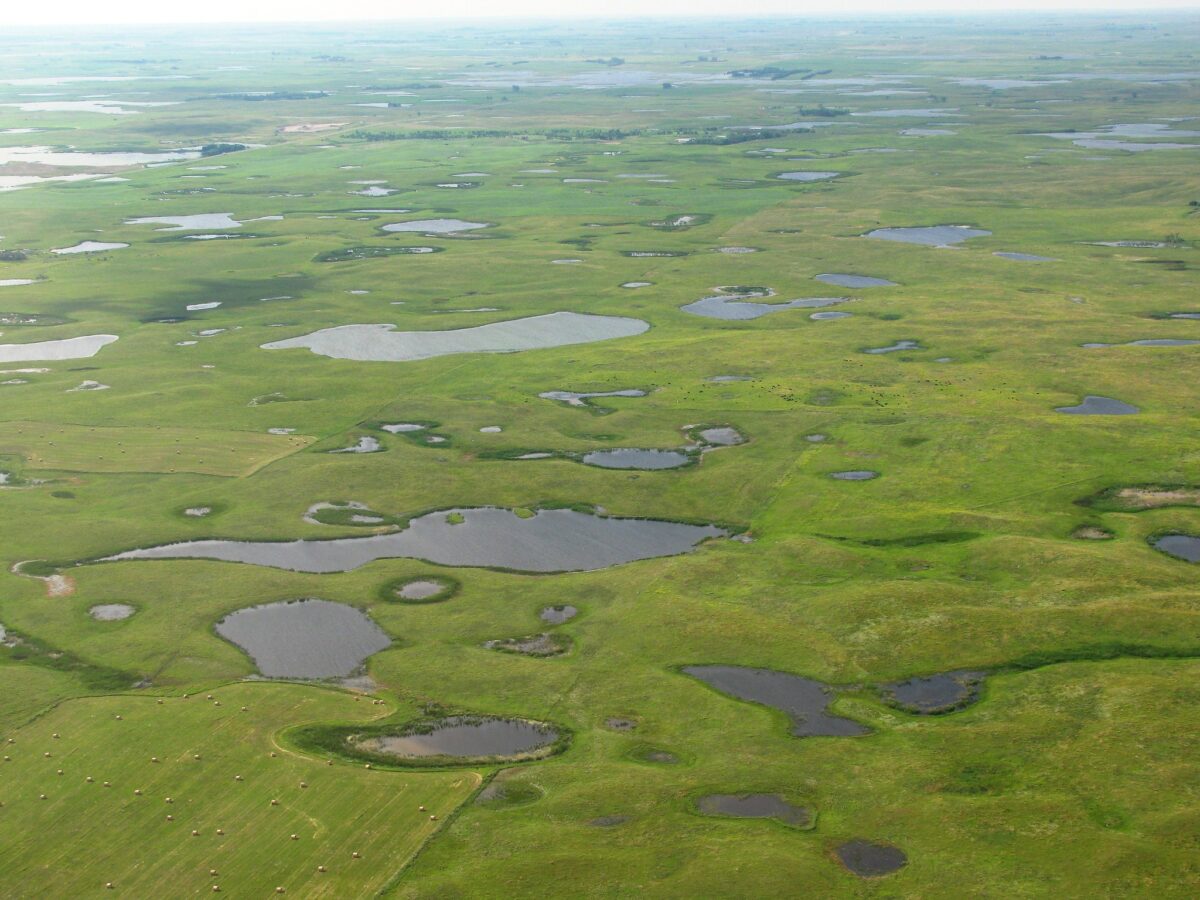
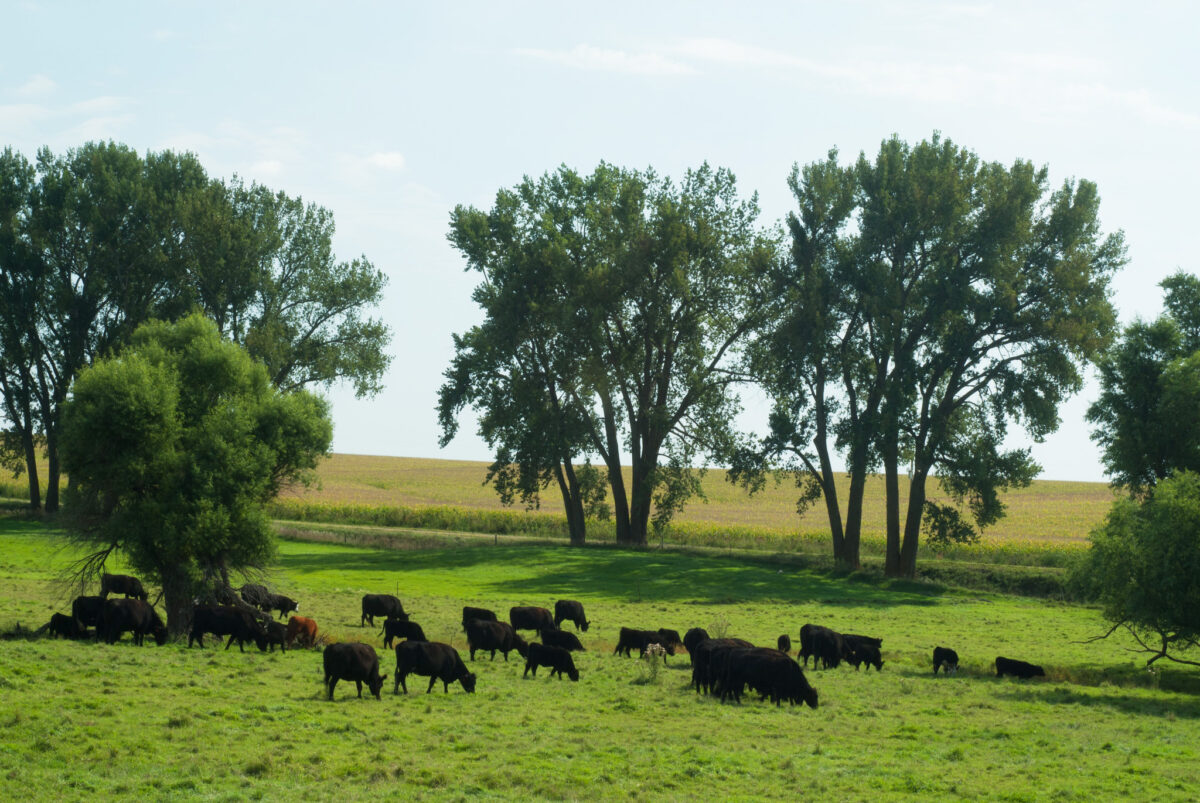




To survive wildlife needs to be able to move. Knowing and mapping and protecting migration corridors is a major part of this. This should be a priority for all sportsmen and women who care about wildlife survival in America. Good work has been done on this, with more work to be done. Wildlife overpasses and underpasses are also a part of this, which have proven to work well all across the world and in the U.S. and generally have wide support. These are bright spots in efforts to help wildlife thrive and survive in America.
They need all the Help we can provide for them !!
Knit wire fences should be replaced immediately and banned nationwide make all fencing safe and easy for wildlife to go over thru and under thank you